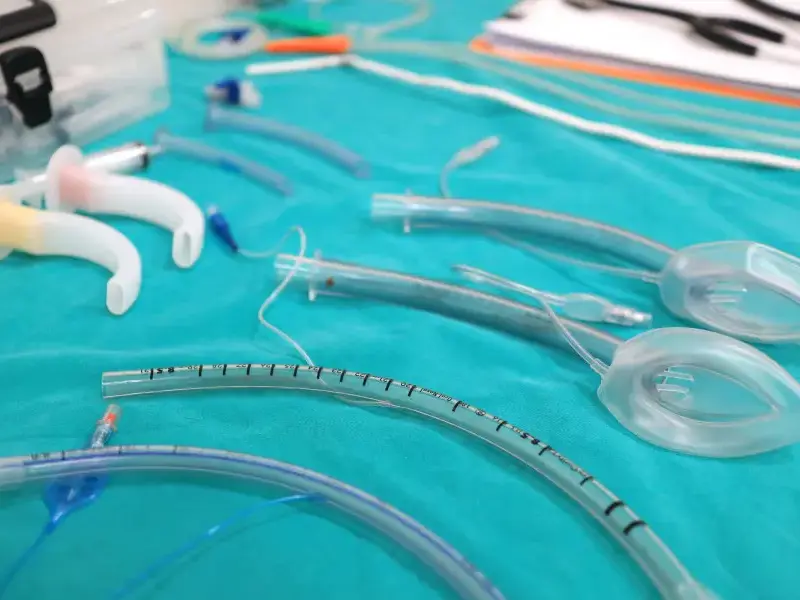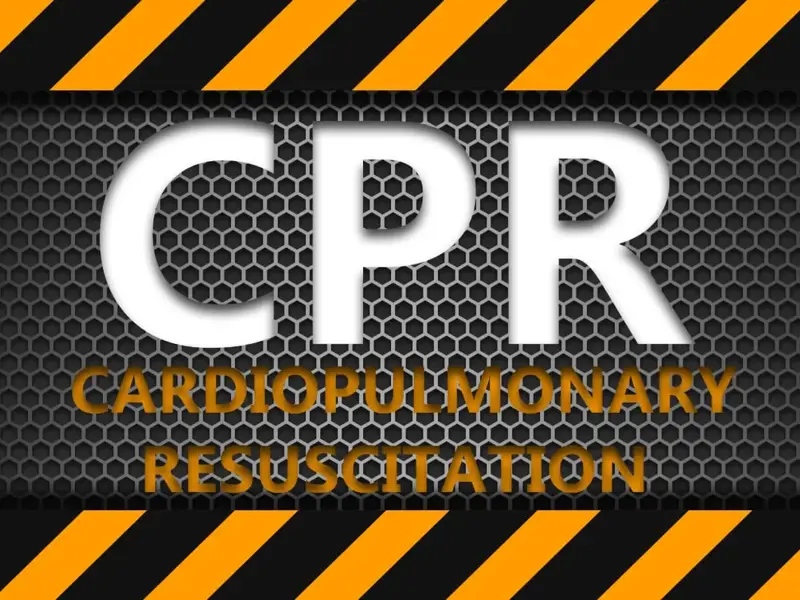Medcast news and blog
Mobile Stroke Unit Success in Melbourne
The opportunity to reduce time to thrombolysis or EVT has significantly reduced the risk of disability for patients who were were able to access the MSU, and improved transfer times to appropriate EVT hospital centres.
READ ON
Australia saw a five fold increase in hospitalisation with anaphylaxis between 1995 and 2005, which sadly also saw an increase in the number of fatalities from anaphylaxis. The new infant feeding guidelines have had very positive results, with many parents and healthcare professionals embracing the change.

2020 ILCOR guidelines emphasise the importance of higher ventilations in paediatric resuscitation. This reflects the higher oxygen requirements of children which is evident in their higher baseline respiratory rate.

The Mallampati Score or Classification is a simple and easy to use tool that assists in predicting difficult endotracheal intubation.

Many healthcare processes have been re-evaluated in light of the current COVID-19 pandemic.

The most recent update of the Australian Institute of Health and Welfare’s (AIHW) Deaths in Australia report shows that in 2017 there were a total of 160,909 recorded deaths in Australia. 50% of these were found to be potentially avoidable within the current healthcare system among people aged younger than 75.

The Stop Before You Block (SB4YB) initiative is a patient safety campaign designed to help reduce the risk of inadvertent wrong-sided anaesthetic blocks.

The move to standardise emergency numbers within hospitals, to make them similar to the standardised emergency numbers that are utilised in the community setting, is gaining momentum.

As summer approaches, drowning events across Australia will be more prevalent. Healthcare professionals can assist in the community during these stressful emergencies, and use their skills to help manage drowning events.

Who checks the resuscitation or emergency trolley in your workplace? It’s easy to find guidelines about what items to include on the trolley, depending on your clinical environment. What’s not as easy is how to ensure that staff prioritise completing the checks, especially when you consider the ever-expanding lists of tasks that must be performed.
